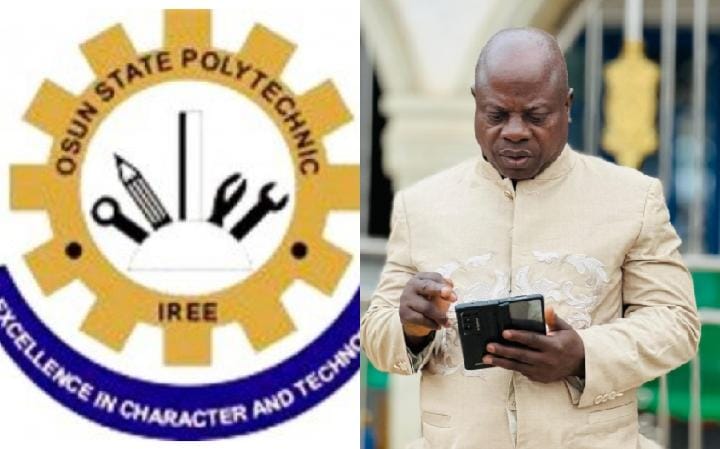Review of CEO Excellence: The Six Mindsets that Distinguish the Best Leaders from the Rest by Carolyn Dewar, Scott Keller & Vikram Malhotra
[ad_1]
It is agreed that CEOs are the pivot of any organisation and often their names are associated with the success of the company. This is understandable as they take the responsibility of delivering shareholder value and also tend to be the highest paid personnel. Interestingly, it has been found that among Fortune 500s CEOs, around 30% last less than three years. And, more significantly, two of five CEOs fail within the first 18 months.
Dewar, Keller and Malhotra from McKinsey & Co, in their book titled CEO Excellence, tell us more on this subject after interviewing around 67 of these leaders from a pool of 2,400 companies that were scanned for this purpose. These include the heads of Sony, Microsoft, JP Morgan, Netflix and their like.
So, what did they find? To simplify their findings, they believe that there are six responsibilities of CEOs that sort of make or break them. The book focuses on these six areas of responsibility for CEOs.
The first is what they call ‘setting the direction’ for the company. Here it can be seen that the future course of a company would be driven by this goal, where the CEO should articulate the vision and roadmap. This would cover the growth areas, which can also include things like diversification or acquisition. This vision has to be accompanied with a clear strategy and the long-term goal has to be broken into short-term plans, given that the future would always be uncertain with shocks that have to be adjusted for. Having a vision and strategy also enables the allocation of resources that are limited.
The second is aligning the organisation to these objectives and strategies. This is where often there can be stumbling blocks. The new-age companies may be easier to align compared with older ones that have entrenched mindsets and structures. At times this alignment can be the biggest challenge. Here the authors talk of the culture of the organisation, which may have to change.
The third is to identify leaders. Here, it has been seen that new CEOs have a preference for people with certain backgrounds, which can create a bias. But they need to get the mix right, because any plan can be driven by CEOs but has to be executed by various leaders within the organisation. This will then mean getting these leaders to form their teams either from within or scout for talent from outside. Such a task looks commonsensical, but can lead to a lot of dissatisfaction in companies where tenures and experience are brushed aside in the name of getting things right.
Fourth is a different kind of challenge which involves engaging with the Board. Here it has been seen that managing the Board is the biggest task. The Board members normally come from different backgrounds and are usually retired personnel with commitment that can differ as they meet only a fixed number of times. The question is how does one get the best of them so that the company benefits. The members will have questions to ask and the CEO has to answer them all the time. This can lead to conflict-like situations that have to be handled with maturity.
Fifth is connecting with stakeholders, which can range from shareholders and clients/customers to employees. Today, with increasing focus on ESG, CEOs have to engage with all the stakeholders concerned to ensure the company is on the right track. In fact, dealing with the government as well as regulators means that they have to spend a good amount of time to convey to these officials the progress being made by the company in these areas. Investors, too, have to be engaged with regularly as they are links with the market.
Hence, as can be seen, CEOs need to move away from the day-to-day functioning of the company once the strategy has been formulated and leave it to the leaders to implement them while they engage with the Board and other stakeholders on important issues. Here often CEOs stumble and ignore these two aspects, as a result of which they are bogged down by mundane activities that often feed their egos as they believe they are in control of the organisation.
Last, the authors talk of managing personal effectiveness which flows from the earlier point made where their time and energy has to be spent on what matters at their level. They become the company ambassadors and should behave like one. Delegation is important and often insecurity of the CEO can be a hurdle.
ALSO READ FROM NIGERIAN TRIBUNE
[ad_2]














Post Comment